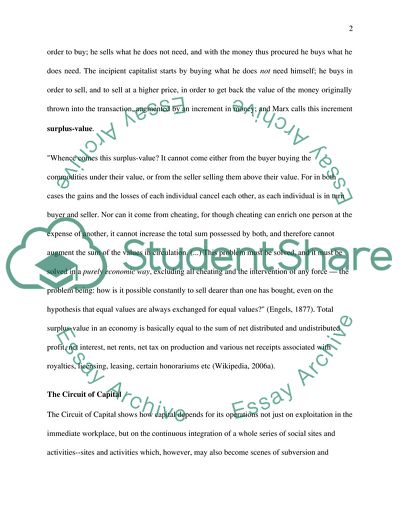Cite this document
(Source of Profit Article Example | Topics and Well Written Essays - 1250 words, n.d.)
Source of Profit Article Example | Topics and Well Written Essays - 1250 words. https://studentshare.org/politics/1705556-where-do-profits-come-from
Source of Profit Article Example | Topics and Well Written Essays - 1250 words. https://studentshare.org/politics/1705556-where-do-profits-come-from
(Source of Profit Article Example | Topics and Well Written Essays - 1250 Words)
Source of Profit Article Example | Topics and Well Written Essays - 1250 Words. https://studentshare.org/politics/1705556-where-do-profits-come-from.
Source of Profit Article Example | Topics and Well Written Essays - 1250 Words. https://studentshare.org/politics/1705556-where-do-profits-come-from.
“Source of Profit Article Example | Topics and Well Written Essays - 1250 Words”. https://studentshare.org/politics/1705556-where-do-profits-come-from.


